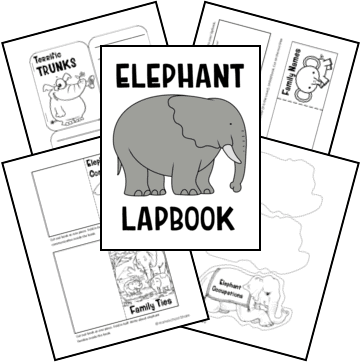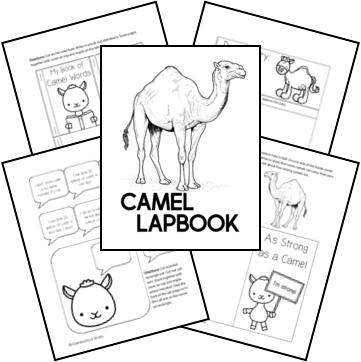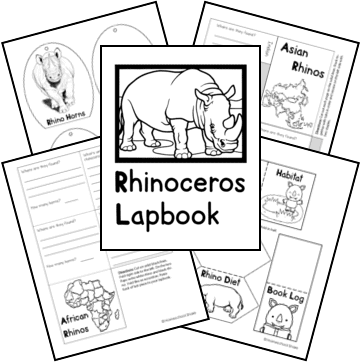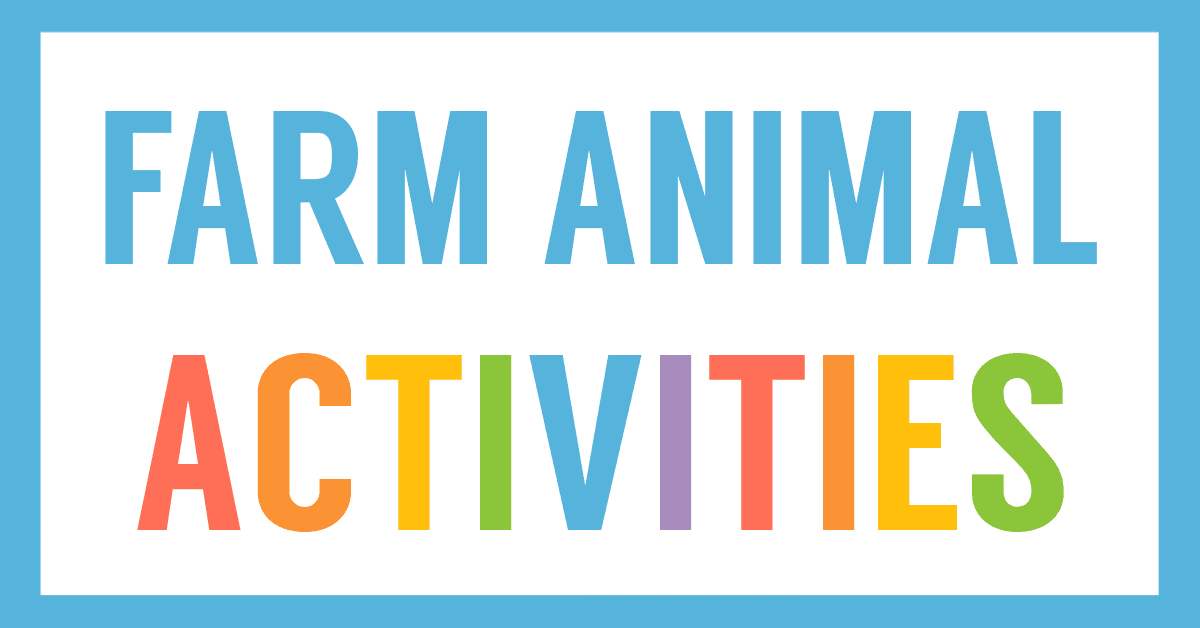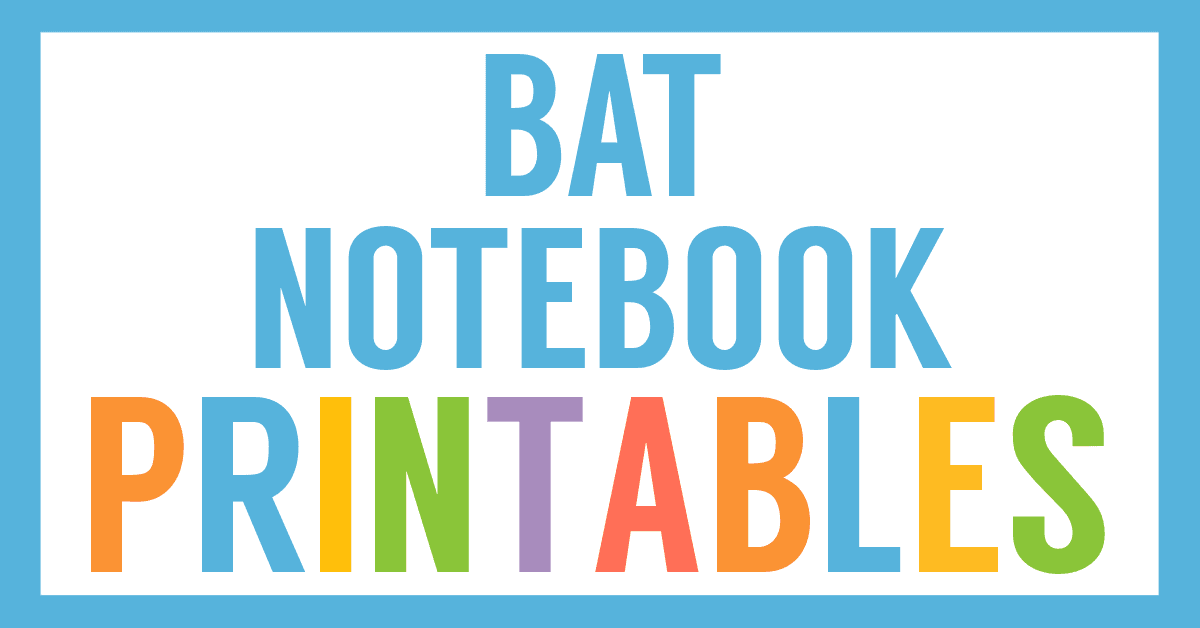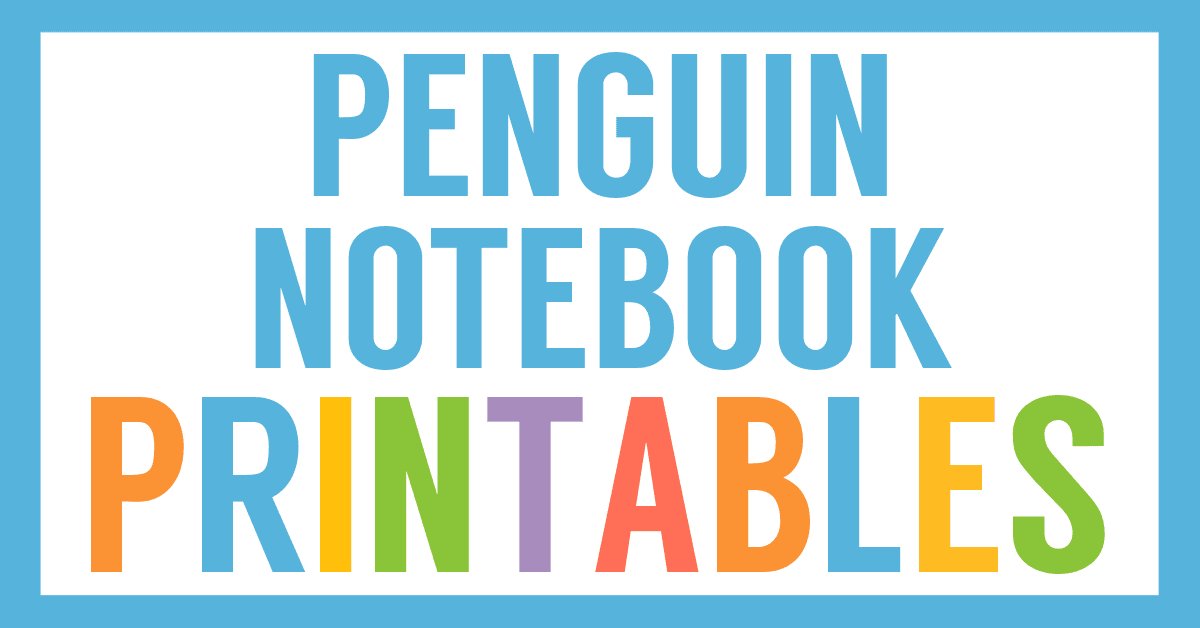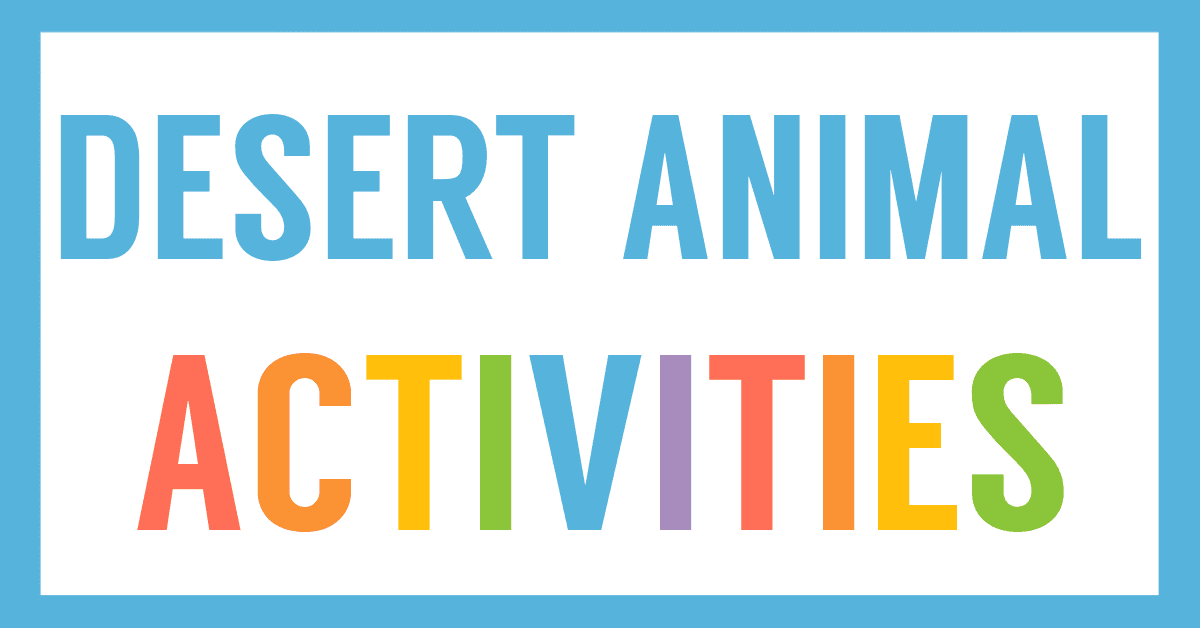Affiliate Disclaimer
We sometimes use affiliate links in our content. This won’t cost you anything, but it helps us to keep the site running. Thanks for your support.
Who can eat 300 (or more!) pounds of food each day? Who has a trunk with 100,000 muscle parts? Who applies mud in order to avoid sunburn? The elephant!
Grab our Elephants Lapbook and start learning about this giant mammal that is sure to fascinate your students.
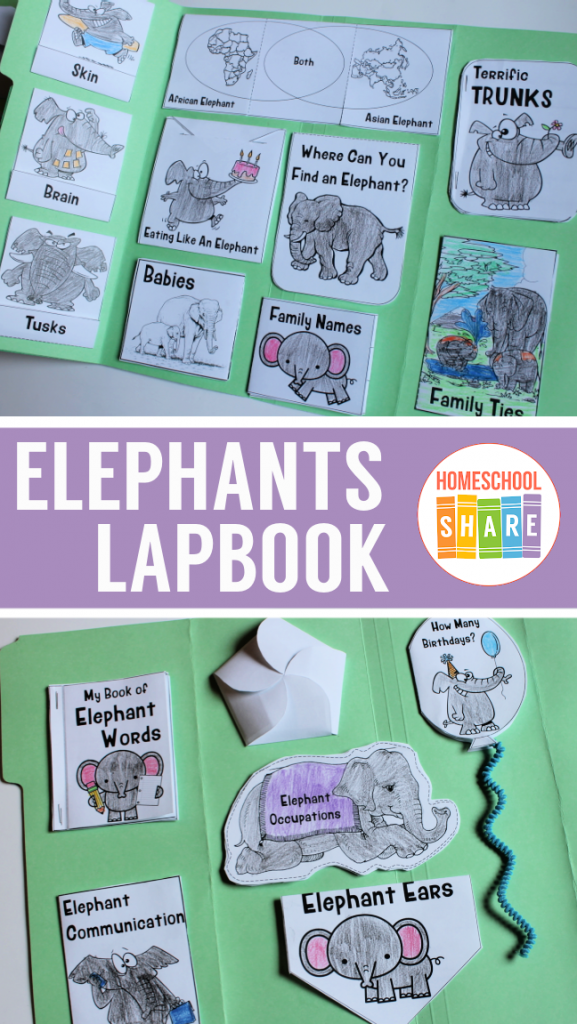
Thanks to Pamela Johnson for contributing the research for this Elephants Lapbook.
Elephants Lapbook Information
Here are some sample lessons from the Elephants Lapbook:
Elephant Anatomy: Brain
There is a saying, “An elephant never forgets!” This may have come from the fact that the elephant’s brain at 13 pounds weighs about 4 times more than the human brain!
This huge brain contains a greater amount of creases in the temporal lobe than the human brain, suggesting that the memory of an elephant may be colossal! Elephant caretakers who have nurtured orphaned babies before returning them to the wild have been surprised to see “their baby” return years later to introduce their babies to the caretakers!
Elephant Anatomy: Trunk
A trunk may give elephants one of the strongest senses of smell than any other land animal. Their senses of taste and touch are also amplified because of their wonderful trunks!
The trunk can hold about 4 liters of water. It is able to lift 4.5 % of its body weight with its trunk. It contains 6 key groups of muscles that make up 100,000 muscle parts (compare to human body 639).
Prehensile or grasping “fingers” or “lips” are at the tip of the trunk to pick up things. An elephant can communicate with it (If an elephant charges toward you with its trunk held up, it is just a warning, but if it has its trunk down, beware!). Elephants use trunks and tails to make an elephant chain when traveling, especially with the babies for safety when crossing over water. It is the most tender part of body.
Elephants have gobs of uses for their trunks: to scratch, to warn, to throw, to snorkel, to explore, to eat, to drink, to play, to smell, to grab, to hold, to store, to dust, to clean, to cool, to move, to dig, to hose, to communicate, to pat, to breathe, to bathe, to grasp, to touch, and to show affection.
Elephant Diet
Their trunks and tusks are used to help them collect and eat food. Elephants are herbivores; they eat only plants such as grains, grass, shrubs, bark, roots, leaves, and fruit. Bulls eat between 300-600 pounds of plants per day. Thirty gallons of water or more per day is needed for these large mammals. Although they can grow up to six sets of molars (teeth with a wide top used for grinding and chewing, usually located in the back of the mouth) in their lifetime, their diet is hard on the teeth and wears them down. After the last set is gone, an elephant cannot chew his food, and may not be able to eat enough to live.
You can grab a copy of the entire Elephants Lapbook in an easy-to-print file at the end of this post.
Elephants Lapbook Printables
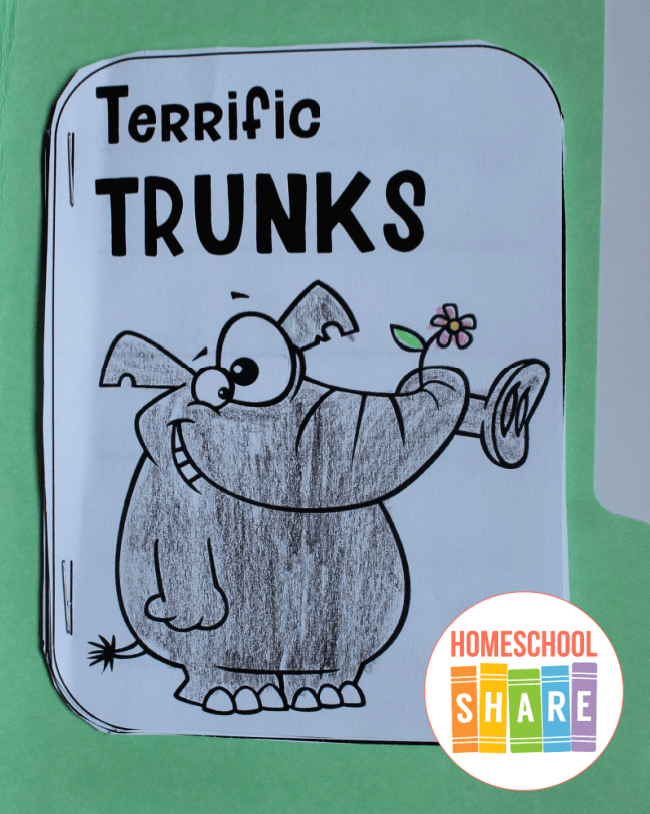
In addition to the research and lessons, the Elephants Lapbook includes the following mini-books:
- My Book of Elephant Words
- Elephant Anatomy Matchbooks (Brain, Skin, Tusks)
- Elephant Senses Petal Book
- Elephant Babies Accordion
- Family Names Flap Book
- Terrific Trunks Mini-book
- Elephant Occupations Shape Book
- Eating Like an Elephant Envelope
- Where Can You Find an Elephant? Simple Fold
- African Elephant vs. Asian Elephant Venn Diagram
- Elephant Ears Simple Fold
- How Many Birthdays? Balloon Shape
- Elephant Communication Simple Fold
- Family Ties Simple Fold
- As Big as an Elephant Flap Book
- Elephant Coloring Page
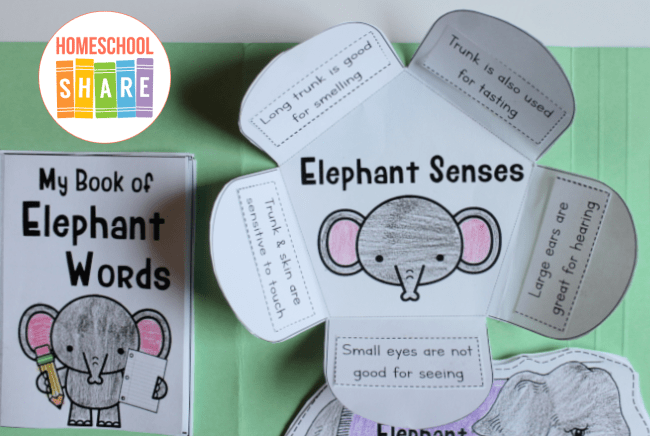
Sample Elephant Lapbook
This sample lapbook includes two file folders glued together. You can pick and choose from the mini-books for your student’s lapbook.
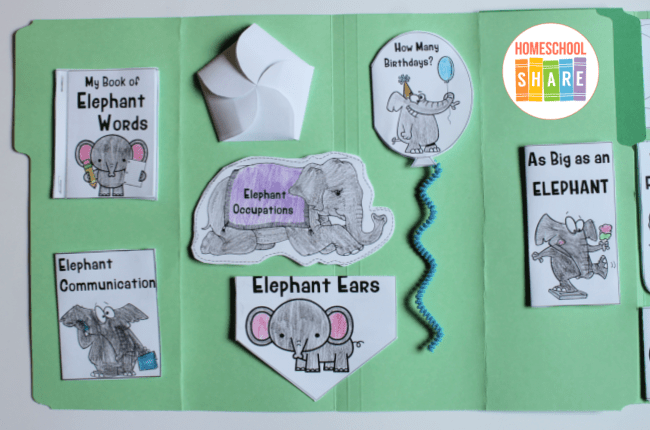
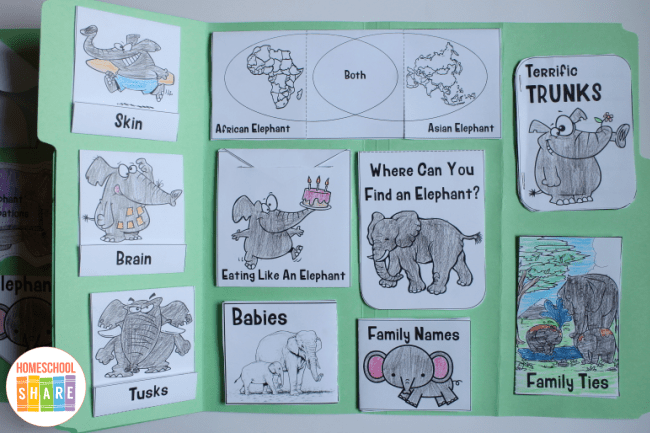
How to Get Started with Your Elephants Lapbook
Follow these simple instructions to get started with the Elephants Lapbook.
- If you want, go to your local library and check out books about elephants.
- Print the Elephants Lapbook.
- Choose and prepare the mini-books you want to use with your student.
- Enjoy a week of reading and learning all about elephants.
Download Your Free Elephants Lapbook
Simply click on the image below to access your free Elephants Lapbook.
Explore More Animal Lapbooks
What other animals live in Africa AND Asia? Camels do. And so do rhinoceroses. Check out these other animal lapbooks.

